Always anxious to explore a remote corner of our natural world before entering civilization, our first stop from Bonaire to Curaçao is Klein Curaçao—a tiny, flat desert island with a white sand beach, five huts, and a lighthouse.
The lighthouse seems an irony.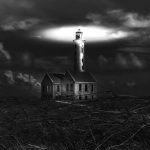
While its very purpose is to emit light for navigational guidance, the light that shines onto the lighthouse warrants nearly as much attention. Throughout the night, this 66-foot colorless monolith stands silhouetted against a black sky, dutifully fulfilling its job with its rotating beam of light. Hours later, dawn arrives and the sky quietly transforms this working vessel into a photographer’s dream.
It is the sky that declares this shift change, permitting its subject to finally rest while the artist decides which palette of colors to choose from. This morning, the selection is a combination of reds and pinks and oranges to compliment the lighthouse patina of white concrete blocks and peeling coral paint. Rays of emerging light shine through rock-lined windows as the sun rises from behind the Eastern horizon.
 In an instant, the rays are gone.
In an instant, the rays are gone.
The canvas is ripped from its easel and the striking bright colors spill together into a diluted, ordinary brown. The hot, bright sun takes over the brush, promising another cloudless day because that’s what the people want. With no job to perform, the lighthouse seems lifeless during the day. Even the sun seems to have taken an extended lunch break, leaving the tower rather colorless in its hazy light. The house looks hot and lonely, but it is not alone. The people have come to visit.
 They clutter th
They clutter th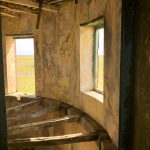 e canvas peering through windows and doors, waving and shouting, and photographing their new sunburnt colors against older fading colors of red. Up close, the lighthouse is cool to the touch and even cooler inside.The narrow stone staircase spirals upward to the rock windows, showing off a panoramic view that the lighthouse finds simply ordinary.
e canvas peering through windows and doors, waving and shouting, and photographing their new sunburnt colors against older fading colors of red. Up close, the lighthouse is cool to the touch and even cooler inside.The narrow stone staircase spirals upward to the rock windows, showing off a panoramic view that the lighthouse finds simply ordinary.
Puddles of stagnant water have collected beneath the broken floorboards, creating a breeding ground for mosquitos and sadly, a repository for plastic cups and cigarettes that the people have left behind. Shadows now assume the artist’s role and cast clear geometric lines of light across doorways and window sills. Flecks of paint are captured in the light uncovering colors during the brief 180 years when the people competed for the role of artist.
It’s not until evening, when the tour boats whisk away the people, that the sun grows weary of its job and begins to fade. Color returns to the sky. Clouds that have been waiting patiently on the horizon until the sun is finished, finally get their turn above the lighthouse. They race in, anxious to show off before the sky turns dark with nighttime. Large, overstuffed pockets fill heavy with rain. The sky is conflicted. Should it choose the long, stiff brush dipped in sparkling silver and draw zig zag lines across the roof of the lighthouse? Or should it angrily slam close the easel, smashing the billowing clouds into blurry droplets that nearly erase the house entirely?
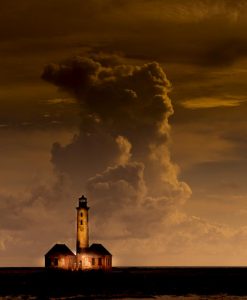 The sky decides instead to allow the clouds and the sun to be the artist. With clouds still building in deep gray color and texture just above the tower, the sun casts a final glow onto the lighthouse, placing its subject in a spotlight of pale yellow. The contrast is extraordinary and the sky is pleased.
The sky decides instead to allow the clouds and the sun to be the artist. With clouds still building in deep gray color and texture just above the tower, the sun casts a final glow onto the lighthouse, placing its subject in a spotlight of pale yellow. The contrast is extraordinary and the sky is pleased.
The easel is put away and the lighthouse resumes its nighttime duty. The beam of light begins again, warning the people not to come until the sky awakens.
In my mesmerized state, I realize I have forgotten my camera. Today I have been only a witness.
Enjoyed this post?
Sign up to receive email notifications of future posts!




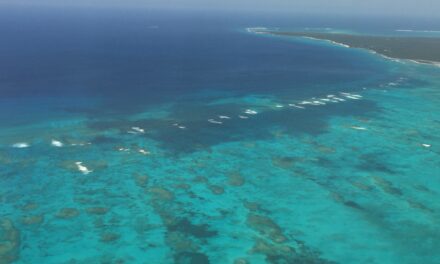
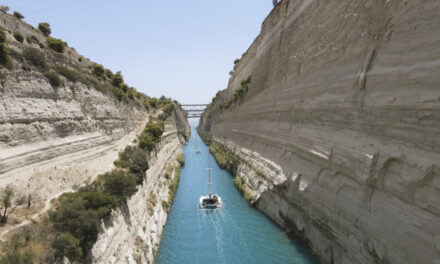
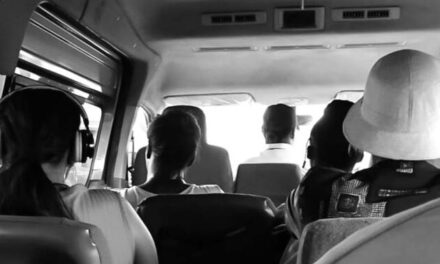


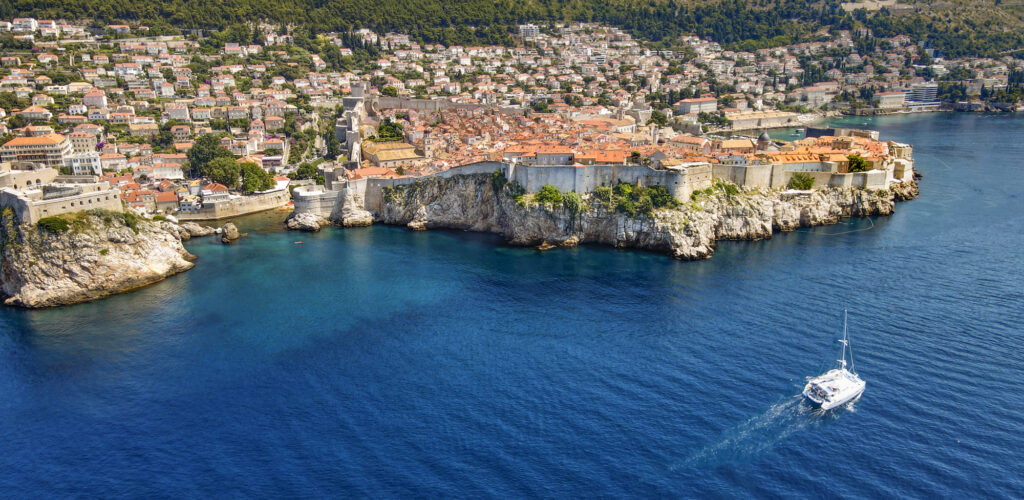
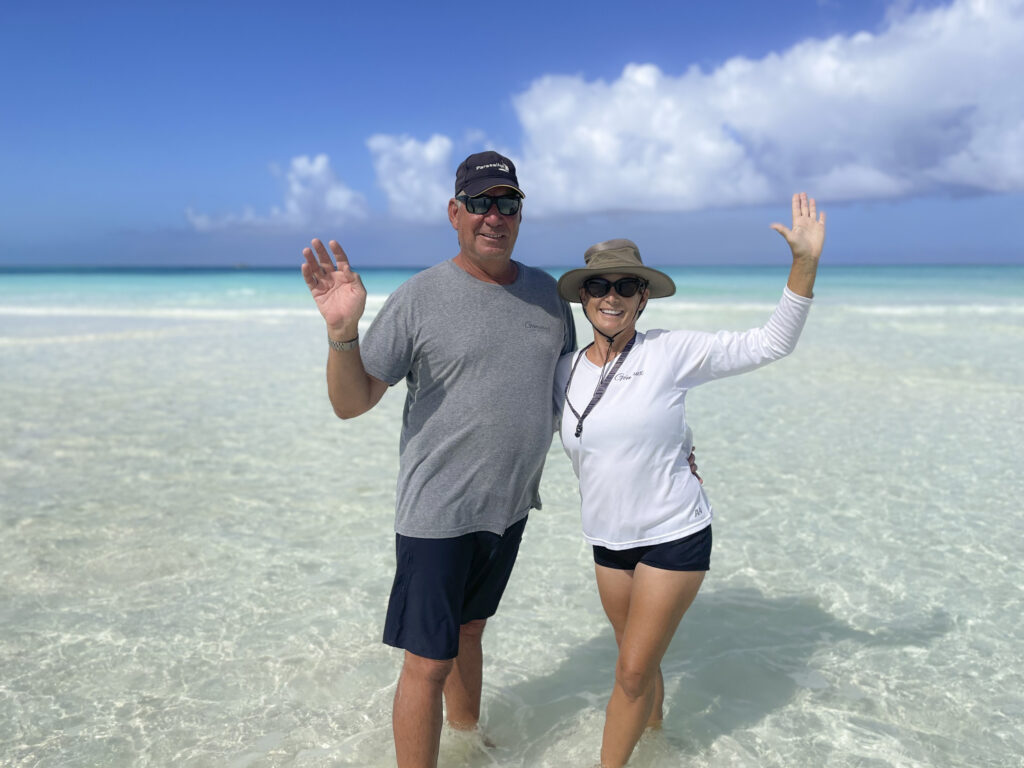
Wow, Shiera, you are a fantastic writer. What a beautiful description of this lighthouse and the light traveling over it throughout the day. Thank you for this lovely vision.
Maggie
Stunning pictures Shiera. The narrative invokes the light, the sky and the old tired stone.
Thanks for sharing